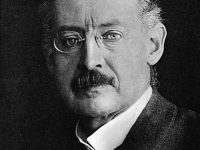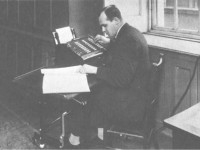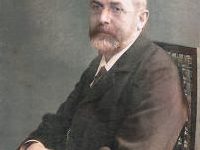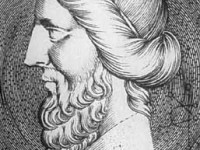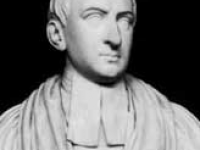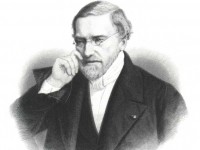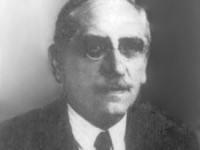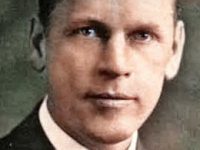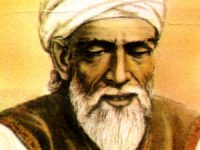Carl Runge and the Early Days of Numerical Mathematics
On August 20, 1856, German mathematician, physicist, and spectroscopist Carl Runge (Carl David Tolmé Runge) was born. He was co-developer and co-eponym of the Runge–Kutta method , a single-step method for the approximate solution of initial value problems in numerical mathematics. Carl Junge – Youth and Education Carl Runge was born in Bremen, Germany, the son of the merchant Julius Runge and his wife Fanny Tolmé, who was from England. He spent…
Read more

